Work We Like – Raphael Guastavino
Share
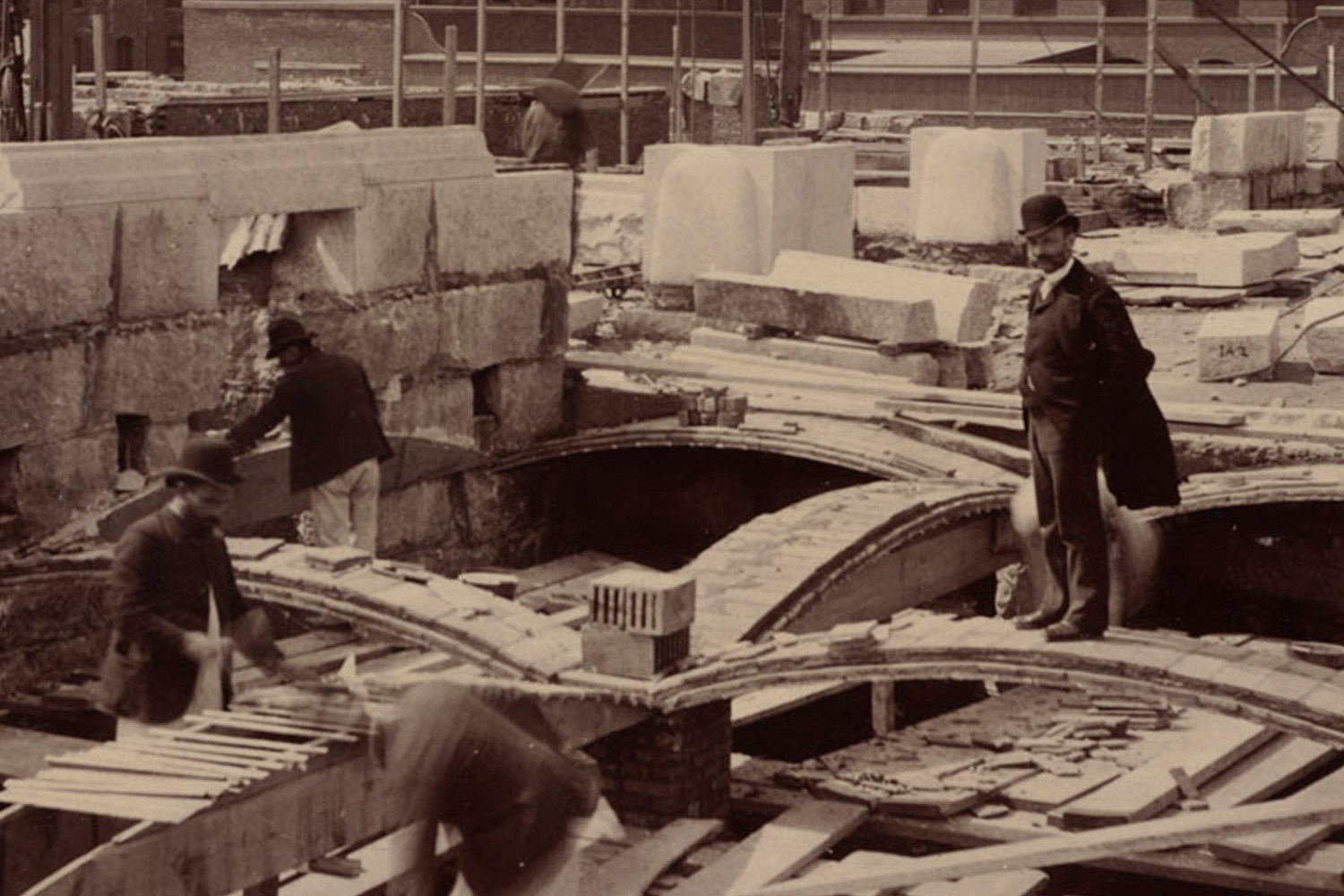
The creator of Cohesive Construction
Raphael Guastavino (1842-1908), was an influential Spanish born engineer, builder and architect, whose patented arched-title system graces more than 1,000 structures across the United States. TOCCI is headquartered in his historic tile factory building in Woburn, Massachusetts. Read more about how his knowledge and artistry brought to life a multitude of architectural works of art:
Raphael Guastavino
Raphael Guastavino was born in Valencia, Spain in 1842; he was a successful architect and builder famed for reviving Catalan Vaulting, an ancient method of tile and mortar arch construction. He renamed it “Cohesive Construction” and updated the process by incorporating modern fireproof materials and utilizing a strong, yet light, herringbone vaulting system.
Moving to America
In 1876, America’s Industrial Revolution was in full swing. After the Chicago Fire, there was an increased desire for fireproofing technology, safer buildings, and open interior industrial spaces. Guastavino’s work focusing on factory design, fireproofing, and vaulting technology won him a spot at the 1876 World Exhibition in Philadelphia, where he presented cohesive construction. The ensuing business opportunities and his desire for consistent, high-quality cement prompted his 1881 emigration to the US at 40, with his 9-year-old son, Rafael Guastavino y Esposito II, in tow.
Success in the US
In the US, Guastavino had great success as an architect, taking commissions as a subcontractor and designing building vaults and other architectural features. His first major commission in the US was for the renowned architects McKim, Mead, and White’s Boston Public Library in 1889.
In 1889, Guastavino founded the Fireproof Construction Company, (later the R. Guastavino Company) which was run by Guastavino (and later, his son). At its height, the company had offices in New York City, Boston, and Chicago.
Guastavino’s experiments with concrete and tile fireproofing led to the acquisition of 24 patents for processes related to cohesive construction and specialty tiles such as acoustical tiles. In 1893, he published his life’s work: “Cohesive Construction: A Treatise on Fireproof, Masonry Tile Construction.”
By the 1890s, Guastavino developed a reputation that invited exciting work with major architects. Guastavino spoke at prominent architecture schools and opened a tile factory to control the quality of his work.
The End of an Era
In 1890, Guastavino worked on Biltmore, the Vanderbuilt’s mansion in Asheville, NC. Enamored with the area, he retired to nearby Black Mountain and passed away in 1908, at 66 years old. He was buried in the crypt of the Basilica of St. Lawrence in Asheville, which he designed in 1905.
His son, Guastavino II, partnered with his father during much of his father’s lifetime and continued the business until his own death in 1950. Much of the firm’s important work was undertaken during his tenure as owner.
The Company stayed in existence through the 1950s, though Guastavino II sold his interest in 1943. Eventually, the Company couldn’t survive the changing economy nor the advent of new technologies in steel/ concrete, which were deemed more practical than Catalan vaulting.
Guastavino’s Work Today
The Guastavinos left an indelible mark on the architecture of America; their signature structures typify much of the Beaux Arts style and their unique tile artistry is hailed as some of the most beautiful architecture in the US.
Their work can be seen in hundreds of monumental buildings throughout the US, especially in New York City and Boston, where you can take walking tours through their most famous works.
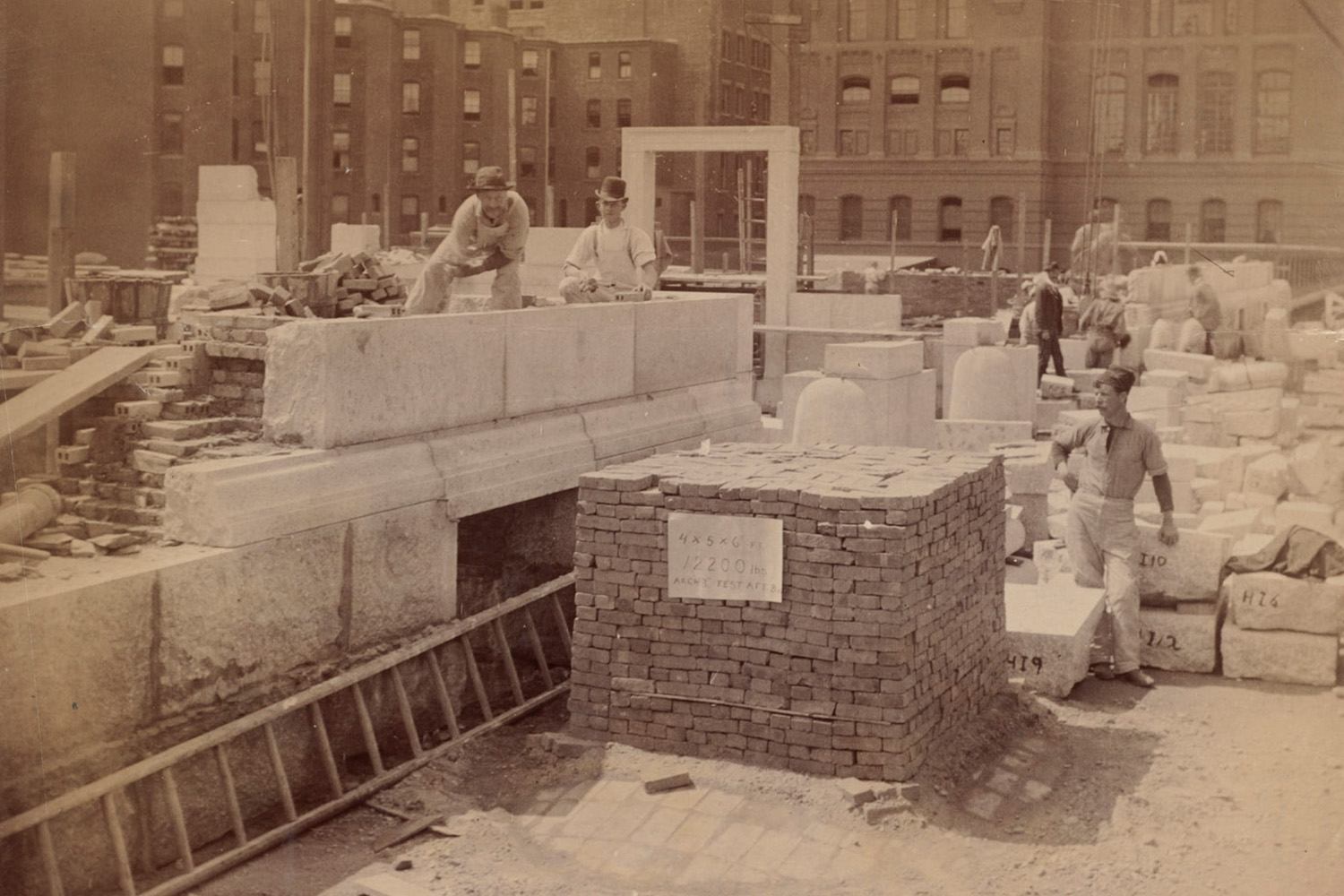
Credit: Boston Public Library (Permissions)
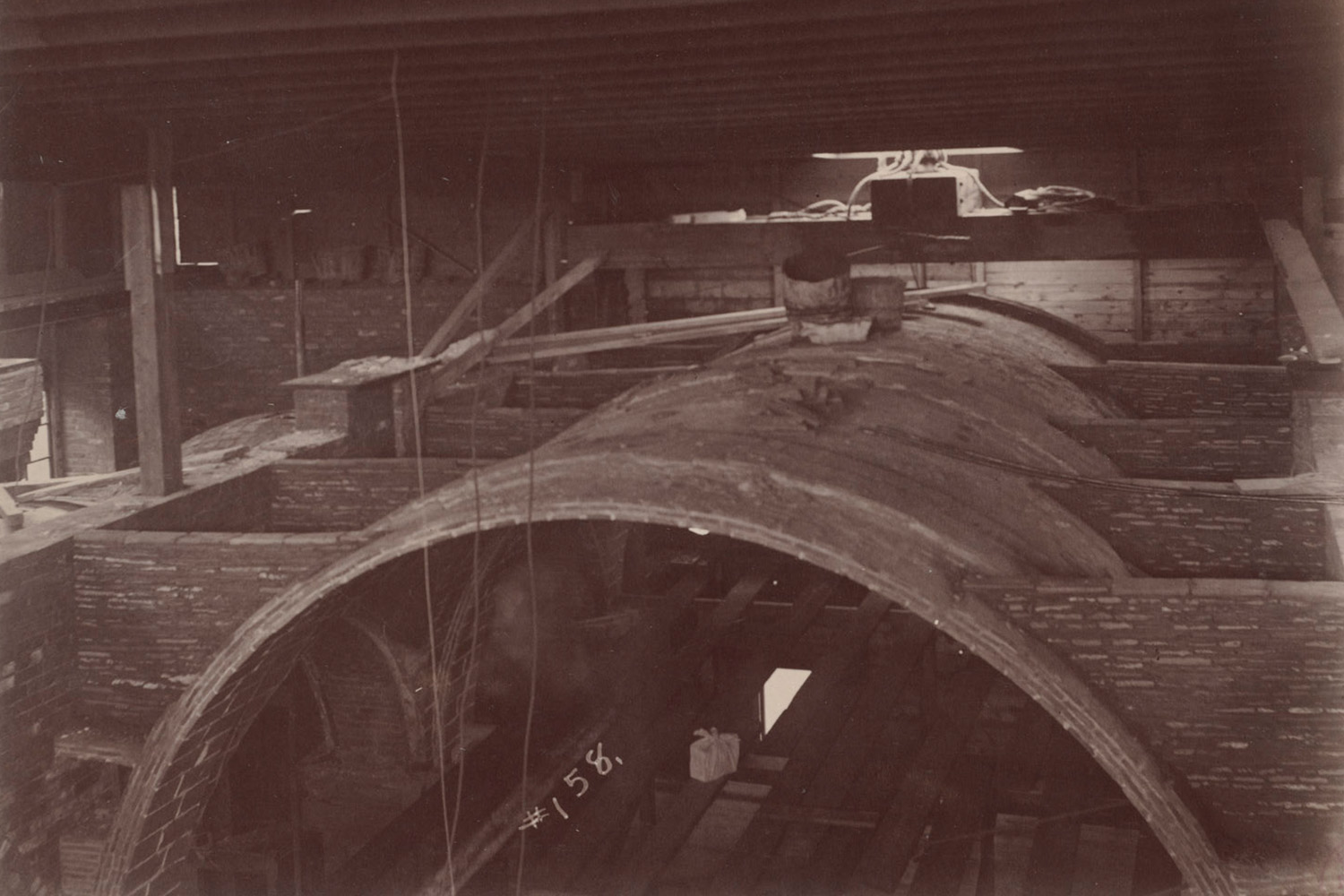
Credit: Boston Public Library (Permissions)
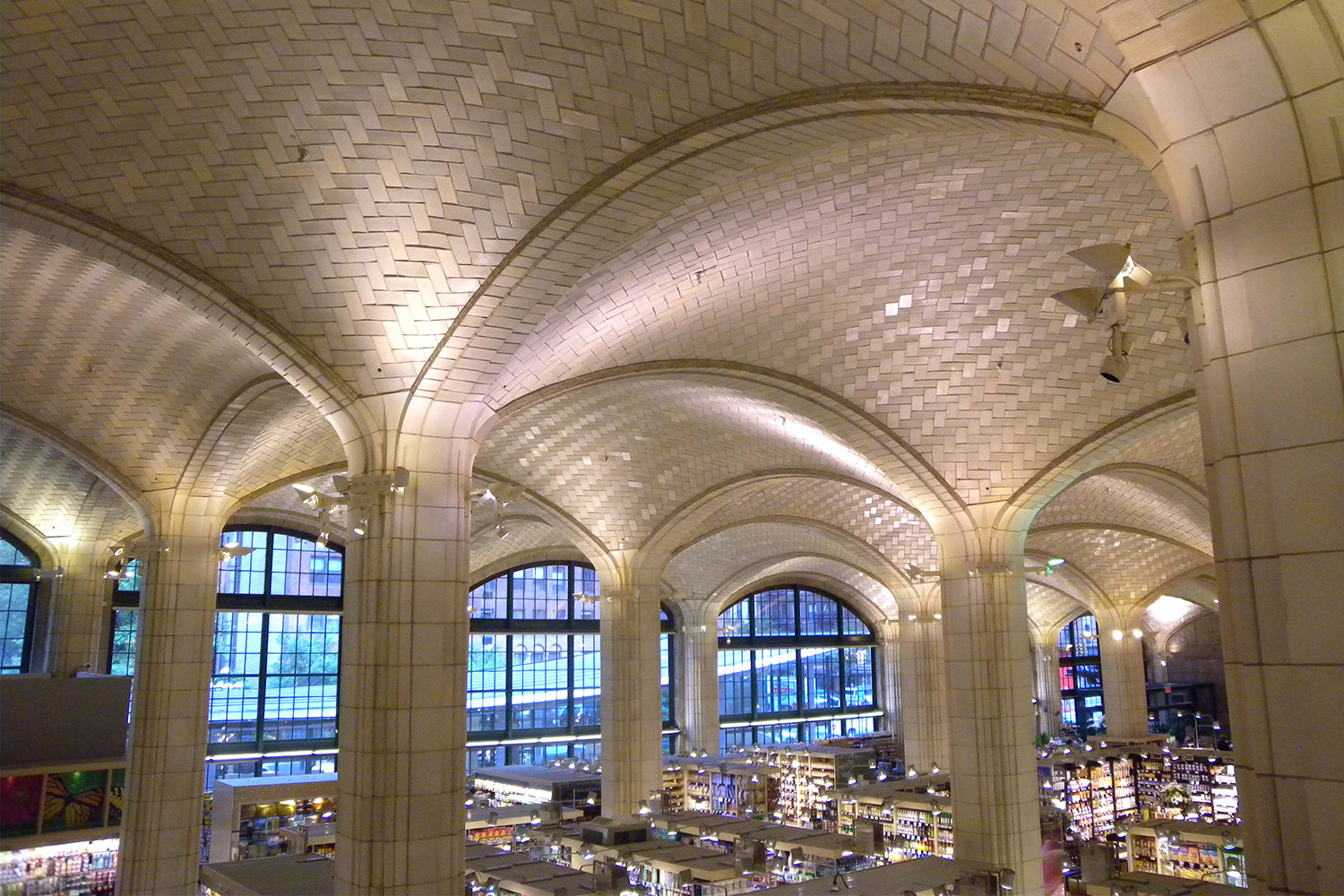
Credit: Learn From. Build More. (Permissions)
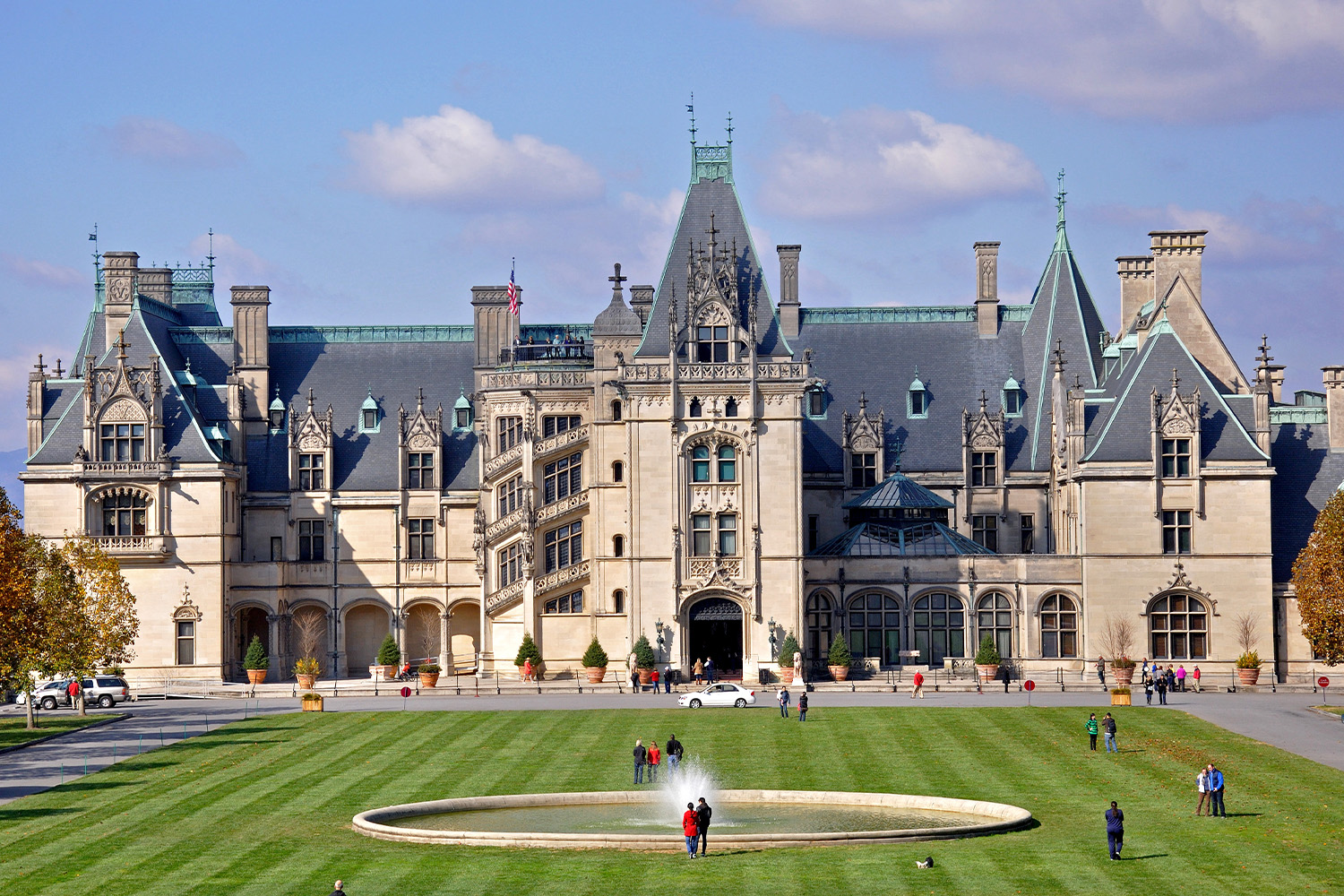
Credit: Jennifer Boyer (Permissions)
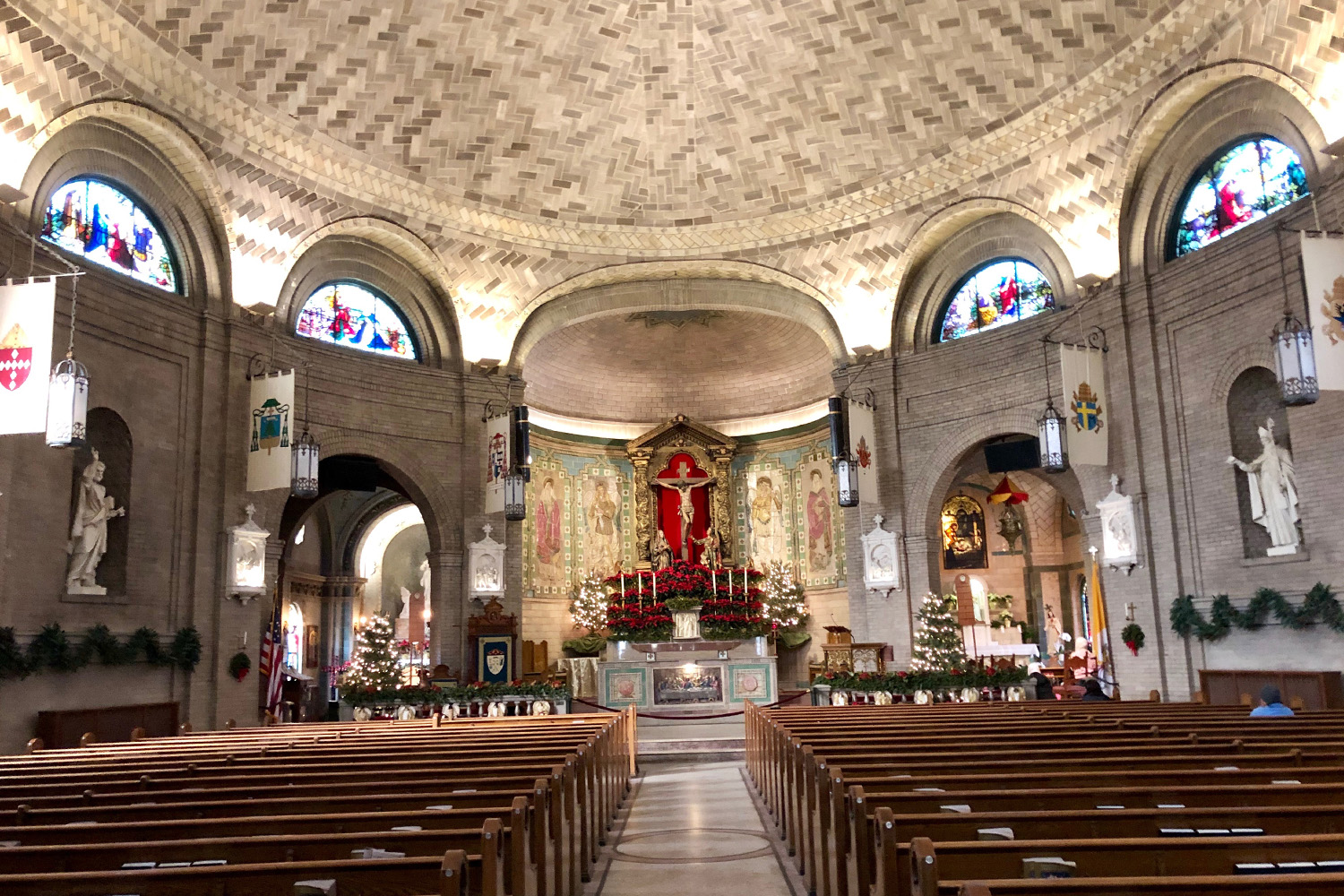
(Permissions)